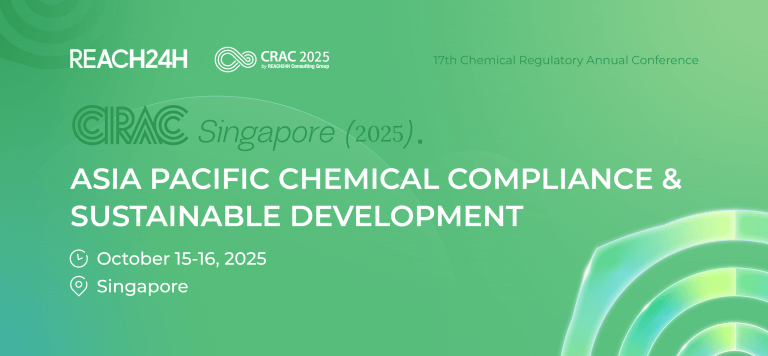1. 5 Key Amendments to the Existing Provisions
| Changed items | Types | CHSR | CSAR |
| Cosmetic definition | Amendments | It refers to chemical products for the daily use intended to be applied on any external part of the human body (such as skin, hair, nails, lips, etc.) by spreading, spraying or other similar ways to keep the body clean, eliminate unpleasant odor, protect the skin, and improve appearance and beauty. | It refers to daily chemical products intended to be applied to the external part of the human body, such as skin, hair, nails, lips, etc. by spreading, spraying, or other similar ways for the purpose of cleansing, protecting, beautifying and modifying. |
| New | - |
|
|
| Ingredient management | New | - | Cosmetic ingredients are classified into new ingredients and used ingredients. New ingredients with high risk shall conduct registration while other cosmetic new ingredients are subject to filing management. |
| New ingredient application | Amendments | The manufacture of cosmetics using new ingredients must be approved by the health administrative department under the State Council. | Ingredients with high risk such as new preservatives, sunscreens, colorants, hair dyes, whitening agents shall register with NMPA and obtain approval, while other new ingredients shall file with NMPA before use.
The following dossiers shall be submitted for new ingredients filing/registration:
|
| Usage report of new ingredients | New | - | The registration applicant or the filer shall report the usage and safety information of the new cosmetic ingredients to the NMPA every half a year for three years. Only the new ingredient without safety problems before the expiry of a 3-year observation period will be included in IECIC. |
| Cosmetic classification | Amendments |
|
|
2. New Provisions
| Changed items | Types | CHSR | CSAR |
| Safety assessment | New | - | Both the registration applicant and filer of new ingredients and cosmetics should carry out safety assessment by itself or by entrusting a professional institution prior to registration and filing. The personnel engaged in safety assessment should have professional knowledge related to cosmetics quality and safety and have more than five years of relevant work experience. |
| Efficacy claim | New | - | Cosmetic efficacy claims shall have sufficient scientific evidence that can be relevant literature, research data, or efficacy evaluation documents and shall be exposed to the public on NMPA's website for social supervision. |
| GMP and COFS | New | - | Imported cosmetics also require submission of certifications relating to manufacturing quality control of the overseas manufacturers abroad and supporting documents that prove those products have been put into market in the country (region) where those products are manufactured or originally made shall also be submitted. For those products specially produced for China market without the supporting documents, the applicant shall submit related research and test data for China consumers. |
| Required registration dossiers of special cosmetics/ Required filing dossiers of general cosmetics | New | - |
|
Transitional Policies
Given the new CSAR put forward a number of new requirements for cosmetics enterprises, a five-year grace period was granted for already registered hair growth, hair removal, breast beauty, slimming, and deodorant cosmetics from the date of implementation of this regulation to ensure a smooth transition. The production, import, and sale of these products are prohibited after the transition period.Reference Links:Chinese State Council
Related Event: Live Streaming: Interpretation of China’s Cosmetic Supervision and Administration Regulation (Final Version)





